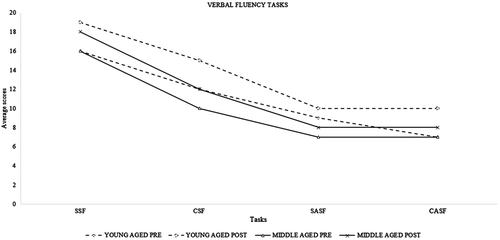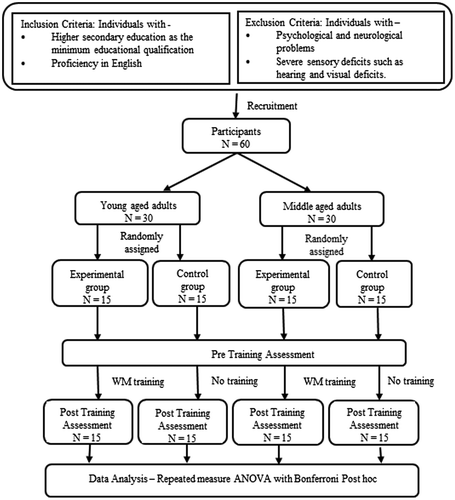Figures & data
Table 1. Demographic details of participants
Table 2. Description of working memory tasks
Table 3. Description of short-term memory tasks
Table 4. Description of working memory tasks
Figure 2. Differences between mean differences of experimental and control group among young- and middle-aged adults for short-term memory tasks.

Figure 3. Differences between mean differences of experimental and control group among young- and middle-aged adults for working memory tasks.
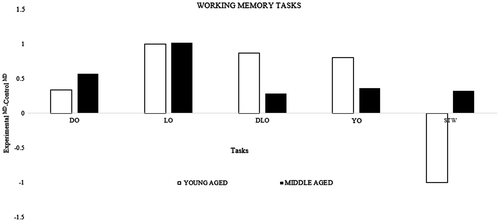
Figure 4. Differences between mean differences of experimental and control group among young and middle-aged adults for working memory tasks (MMCLA).
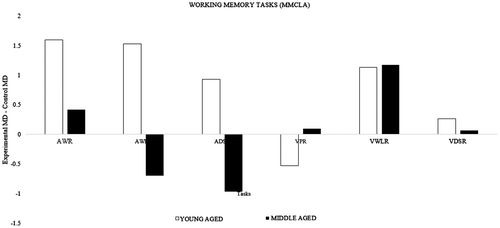
Figure 5. Average span for working memory training tasks depicting pre-post differences among young- and middle-aged adults.
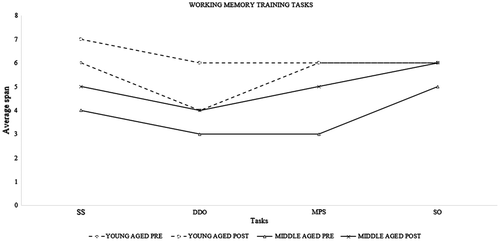
Figure 6a. Average span for working memory training tasks (N-back) depicting pre–post differences among young-aged adults.
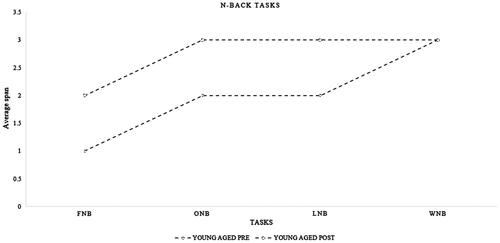
Figure 6b. Average span for working memory training tasks (N-back) depicting pre–post differences among middle-aged adults.
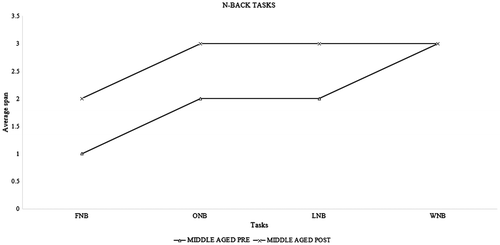
Figure 7a. Average score for working memory training tasks (verbal fluency) depicting pre–post differences among young- and middle-aged adults.
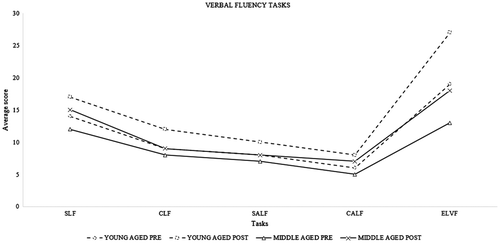
Figure 7b. Average score for working memory training tasks (verbal fluency) depicting pre–post differences among young- and middle-aged adults.
